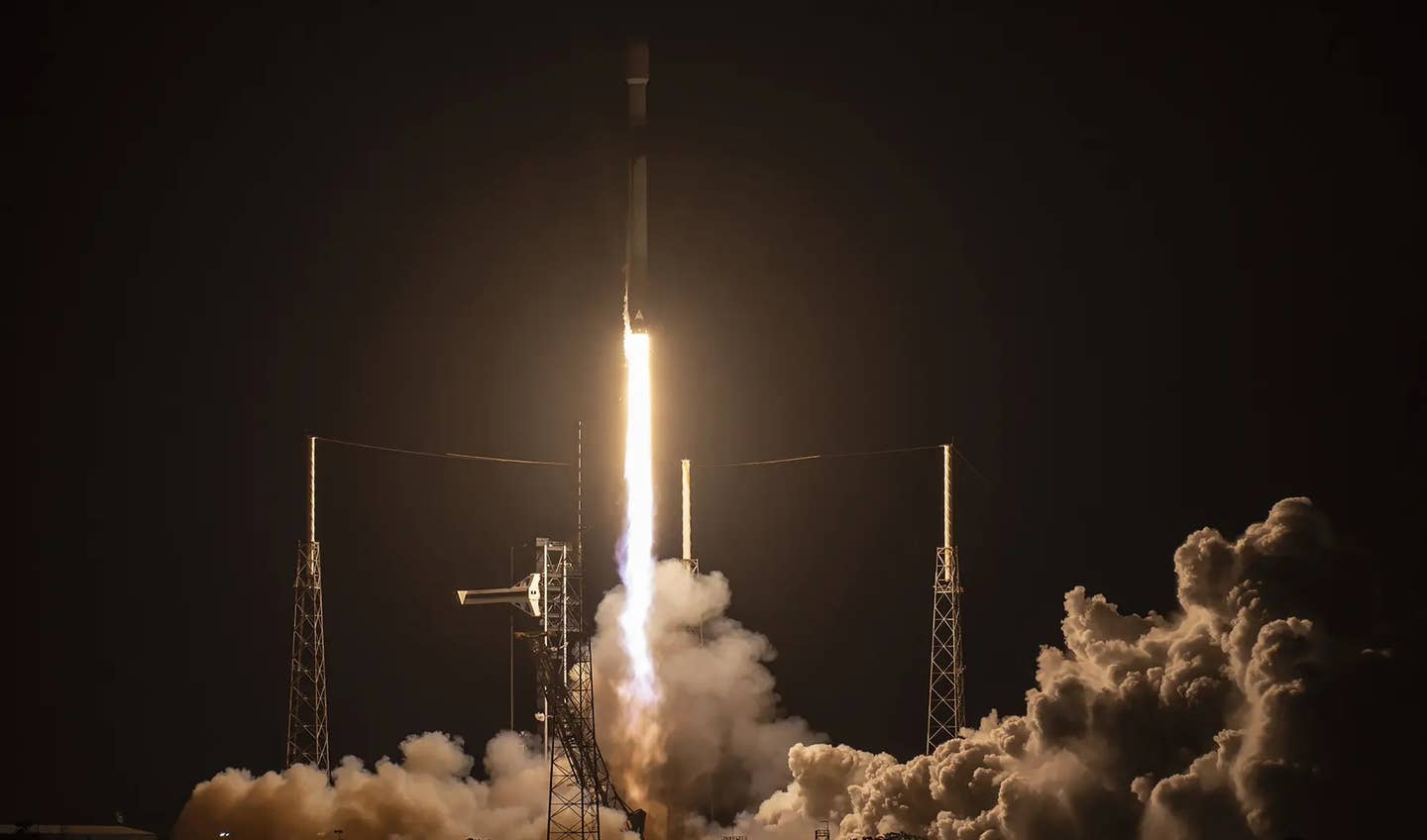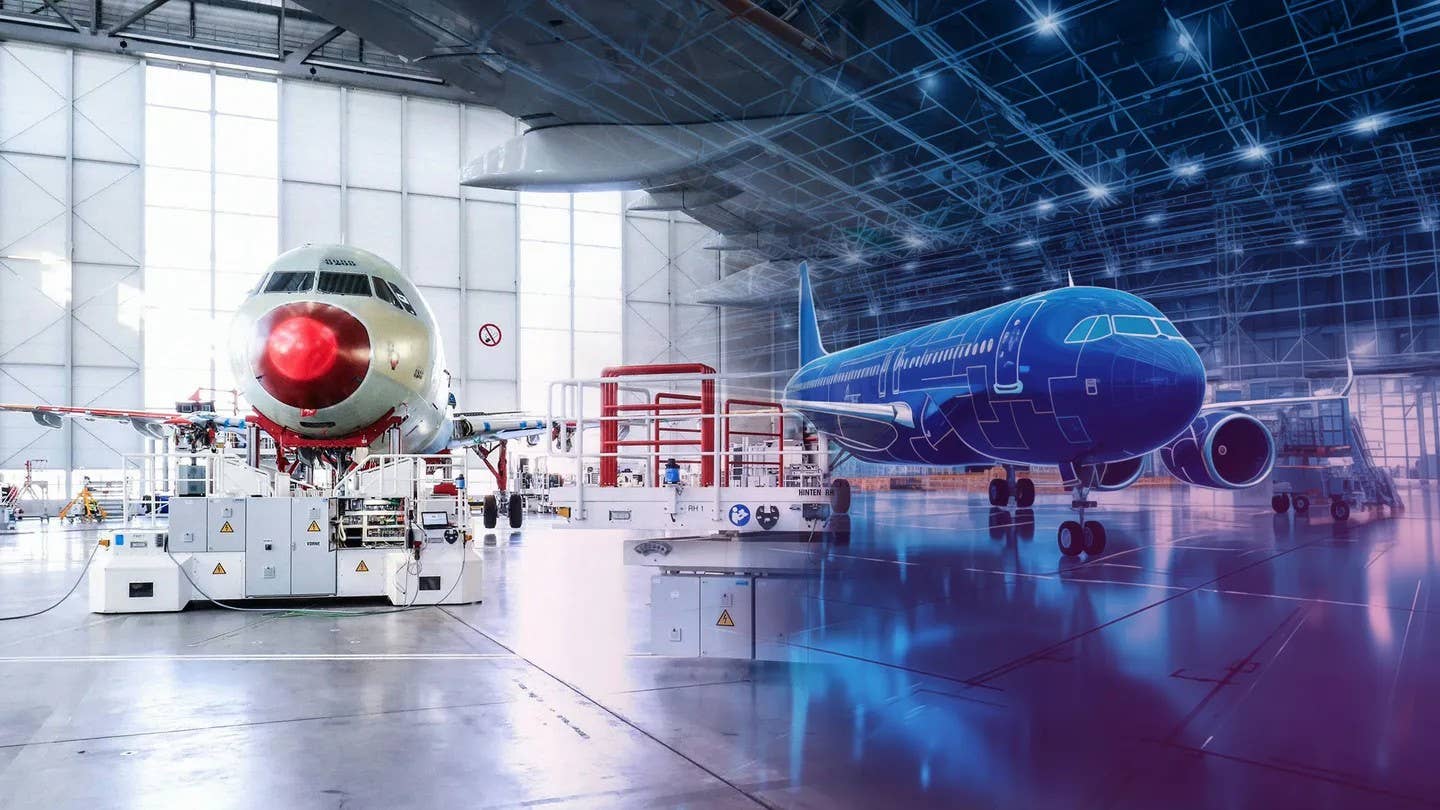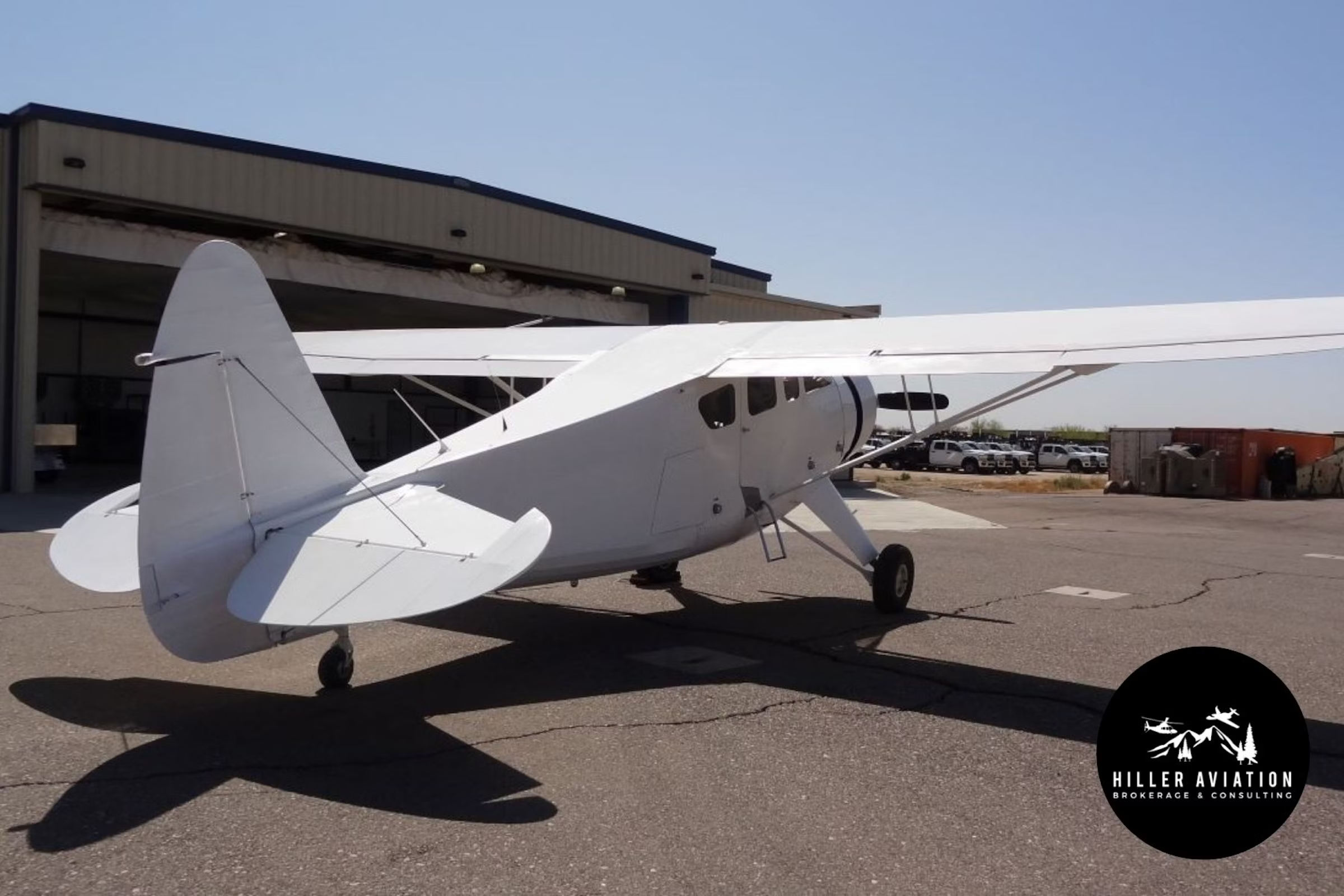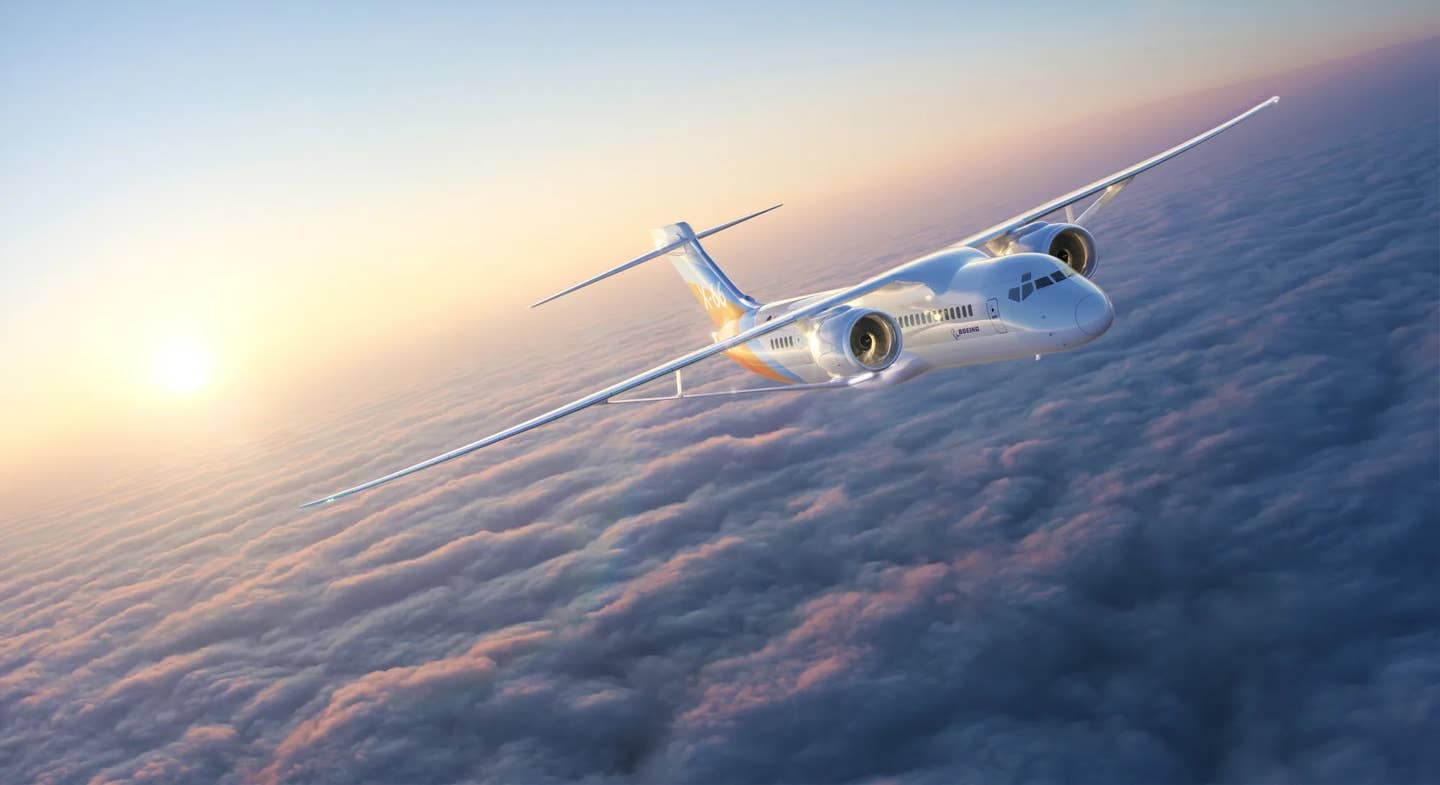Blade Air Mobility Posts Strong Q3 Revenue, but Profits Continue to Elude
Blade saw revenue growth in nearly all segments of its business, but those gains were balanced out by widening net losses.
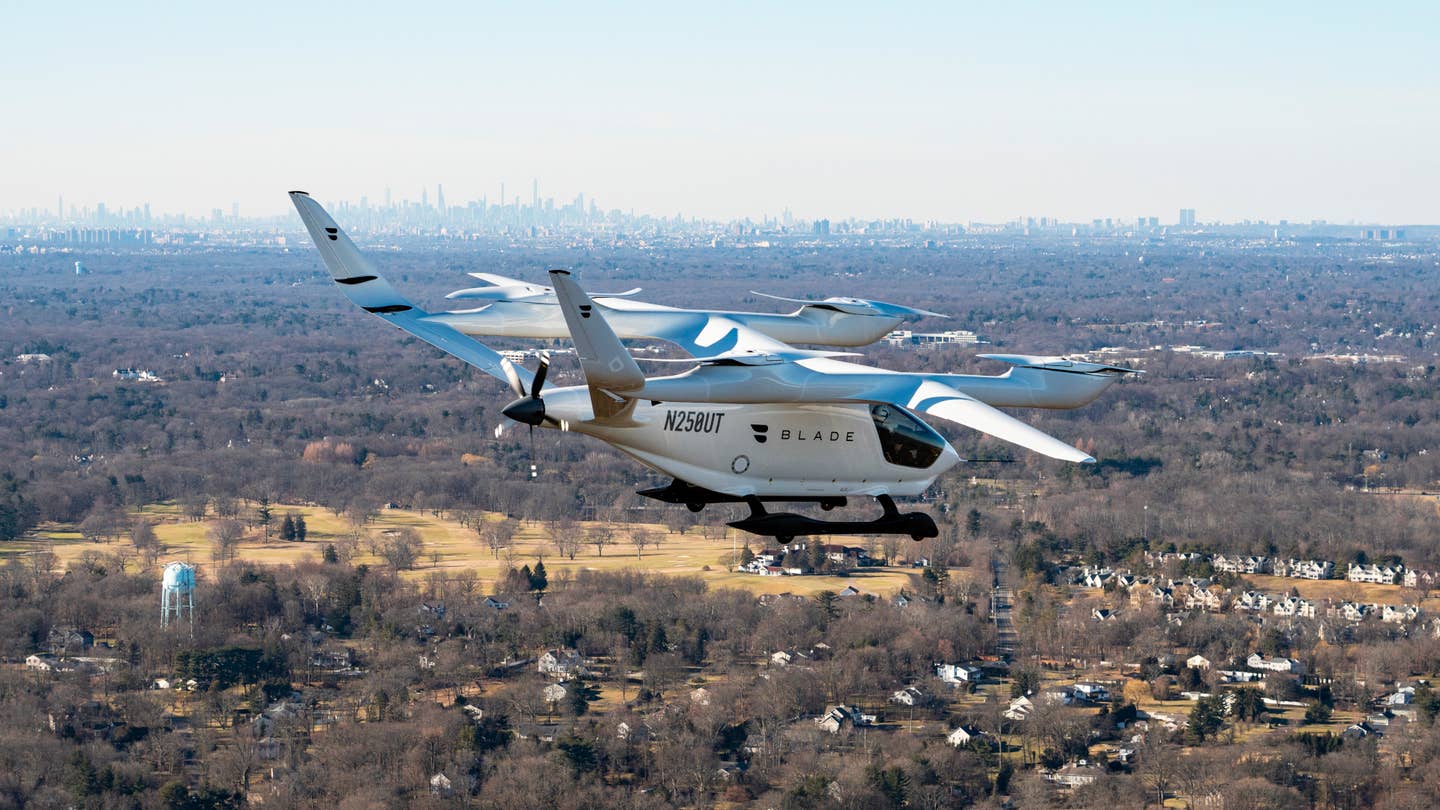
A Blade-branded Beta Technologies ALIA-250 eVTOL completes a demonstration flight in New York. [Courtesy: Blade Air Mobility]
Helicopter and charter provider Blade Air Mobility hopes to one day add electric vertical takeoff and landing (eVTOL) aircraft to its growing fleet. But before that happens, it appears the company still has more than a few kinks to iron out within its core business.
Blade on Wednesday reported earnings for the second quarter of 2023, posting revenue growth in nearly every segment of its business. But the company continues to lose money as it juggles passenger transport, medical delivery, and the slower-than-expected integration of its Europewide network, announced in April.
Total revenue rose 71 percent year over year to $61 million, a figure that would fall to 42.3 percent had Blade owned its Europe business during the same period last year. But losses widened about 45 percent to $12 million, offsetting any gains.
The Financials
Blade’s flight profit was up 103 percent year over year, hitting $10.4 million on the back of improved growth and profitability in its U.S. short distance and MediMobility Organ Transport businesses, as well as contribution from the European segment.
The firm is also making more money from each flight. Flight margin improved from 14.3 percent in Q2 2022 to 17 percent this past quarter, largely because of a higher average flight profit margin in the European business and the use of more dedicated aircraft for MediMobility, which lowered operating costs. Improved pricing and volume in its by-the-seat Airport Transfer service in New York and falling spot market jet charter costs also contributed to improved margins.
The company’s short distance offering—which charters 10 to 100 sm (8.7 to 87 nm) passenger flights primarily on helicopters and amphibious seaplanes—saw revenue climb 75 percent year over year to $19.2 million, largely from the U.S. segment.
That includes Blade Airport, which grew revenue by 65 percent and became the fastest-growing product in the company’s passenger segment. It saw increases in seats flown and average revenue per seat. Its longest-running route between Manhattan and John F. Kennedy International Airport (KJFK) was also profitable on a flight-profit basis for the first time.
In May, Blade agreed to revitalize and operate the Newport Helistop (91NJ) in Jersey City, New Jersey, where it is considering adding a by-the-seat service between the Helistop and New York City-area airfields. Already, it has launched a pilot program for charter flights.
However, the passenger business was bogged down by Blade’s Jet and Other segment. It saw revenue hold firm at around $7.4 million, with an increase in jet charter volume offset by a decline in the average price per trip.
In total, passenger revenue grew 44.6 percent to $26.6 million.
“In our passenger business, we saw strong volume and pricing growth in the Northeast, particularly for our five-minute helicopter transfers between Manhattan and New York-area airports,” said Rob Wiesenthal, CEO of Blade.
MediMobility accounted for the rest of Blade’s gains, raking in a record $34.4 million in revenue—nearly double that of a year ago. New transplant center customers, growth among existing customers, and strong market demand helped it post high-water marks.
In April, the service completed a record-breaking heart transplant mission, transporting a donor heart and doctors more than 2,500 nm from Juneau, Alaska, to Boston. It was the longest distance a donor heart has traveled for a transplant.
“Blade's record performance this quarter illustrates the value proposition of our diversified business model,” said Wiesenthal. “In MediMobility, we continue to benefit from new organ preservation technologies that are expanding the market, as well as the addition of a number of new transplant center and organ procurement organizations.”
However, net losses continue to balance out revenue. Blade attributed the figure to an unfavorable change in the fair value of warrant liabilities, which created an additional $2.5 million in losses. That’s compared to favorable accounting that reduced losses by $19.3 million a year ago.
But another culprit may be the integration of the Europe business, which is “moving slower than we planned,” Wiesenthal wrote in a letter to shareholders. That delay has increased operating costs. At the same time, the normalization of travel patterns from last year’s highs has hampered demand.
All of this has kept Blade from achieving net positive adjusted earnings before interest, taxes, depreciation, and amortization (EBITDA). That figure improved 28 percent to negative-$4.4 million as medical adjusted EBITDA outpaced the passenger segment. However, it did outpace revenue growth, which signals the potential for profitability down the line.
Blade ended the quarter with zero debt and $170 million in cash and short-term securities.
The Outlook
While still unprofitable, Blade continued to improve its business in Q2 and is bullish on its future.
“We expect that continued growth and cost efficiencies will lead to further year-over-year improvement in adjusted EBITDA in the second half of the year,” said Will Heyburn, CFO of Blade.
Further, the company expects sequential improvements to flight profit and margins in Q3.
Blade is particularly optimistic about the organ transport market, which it views as a sleeping giant. Because a portion of its Q2 revenue came from one facility it had been supporting temporarily, the firm anticipates flat growth in the medical segment next quarter. But single-digit gains should return in Q4, and the segment is on track to deliver double-digit annual growth.
“We believe [organ transport] is a megatrend that is in the early innings and could support multiple years of above-trend market growth, which is consistent with what we are seeing both in public data and amongst our own customers,” Wiesenthal wrote to shareholders.
On the passenger side, Blade sees Airport as the key segment. But it also expects Blade Europe to be a long-term revenue driver for the business, citing southern Europe as one of the world’s top consumer helicopter markets. In June, Blade and Embraer air taxi subsidiary Eve Air Mobility agreed to integrate the latter’s aircraft into the former’s European routes, beginning with France.
Looking further out, Blade received a boost from the FAA Innovate28 plan for advanced air mobility (AAM) integration. The document calls for early AAM operations, such as Blade’s planned eVTOL service, to rely on existing infrastructure. And the company already has its own.
“This approach validates Blade's unique strategy, focused on our exclusive Blade terminals at existing heliports and airports in the most active air mobility corridors operating around the world today," said Melissa Tomkiel, president of Blade. "As a result, Blade is best positioned to enable the gradual transition of today's air mobility fliers from helicopters to [eVTOL].”
As it continues to post losses, Blade is unlikely to launch its eVTOL service before dedicated AAM providers, such as Archer Aviation and Lilium, introduce their own. But with a network of vertiports and a footprint on either side of the Atlantic, Blade may be better positioned to capitalize on that market when the time is right.
“We are proud of the work the team did to deliver an outstanding second quarter, and we look forward to building on this momentum in the second half of the year,” Wiesenthal concluded the Q2 shareholder letter. “As always, we remain laser-focused on driving profitable growth, innovation, and delivering exceptional performance for our customers and our shareholders.”
Like this story? We think you'll also like the Future of FLYING newsletter sent every Thursday afternoon. Sign up now.

Sign-up for newsletters & special offers!
Get the latest FLYING stories & special offers delivered directly to your inbox

